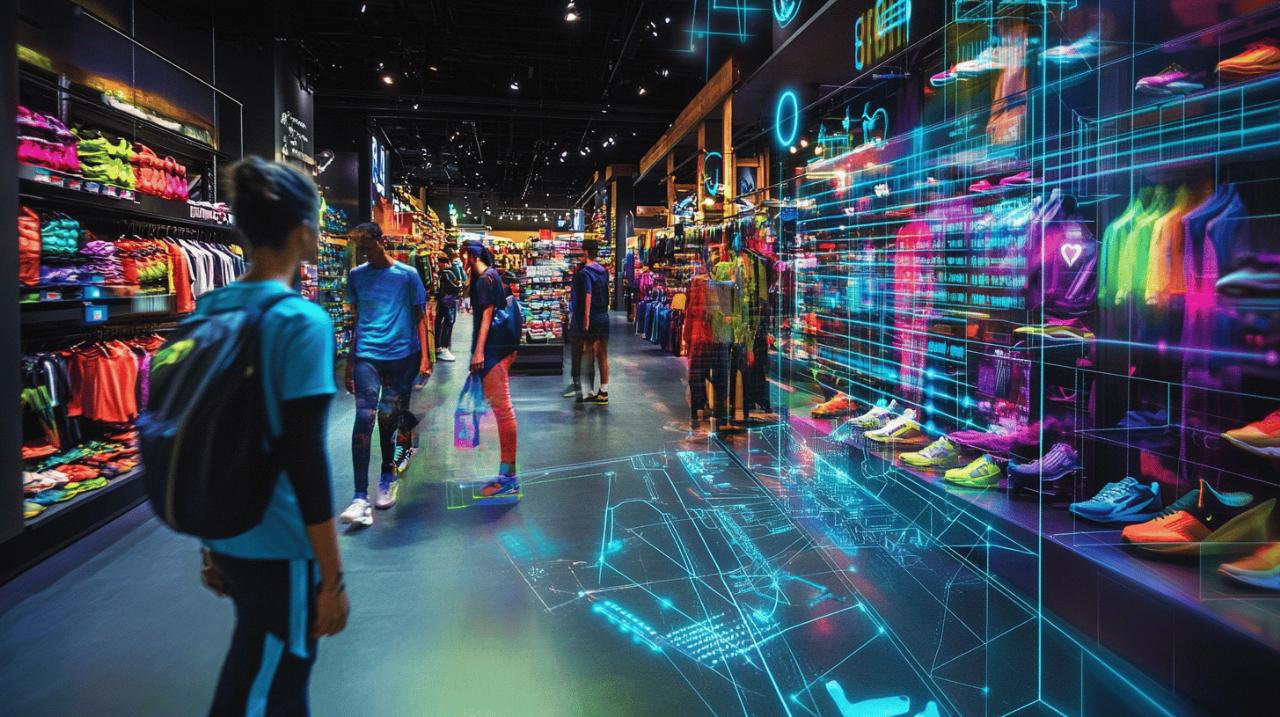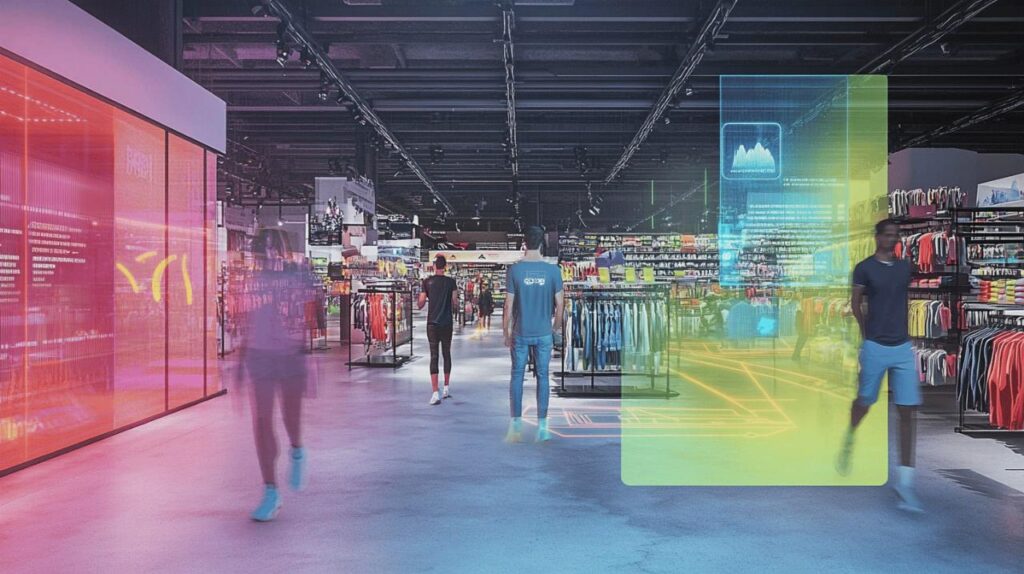Heat maps and eye-tracking technologies are revolutionizing how B2C stores optimize their conversion rates by providing crucial insights into user behavior patterns. These visual analytics tools reveal exactly how visitors interact with websites, helping businesses make strategic improvements to their digital storefronts and boost sales performance.
Understanding heat map technology for b2c stores
Heat mapping technology transforms complex user interaction data into intuitive visual representations that show exactly where users focus their attention on websites. For e-commerce businesses seeking to maximize conversions, these colorful overlays offer invaluable insights into customer engagement, highlighting both successful elements and problematic areas that might be hindering sales.
Different types of heat maps for tracking user engagement
Several heat map varieties serve distinct analytical purposes in conversion rate optimization (CRO). Clickmaps reveal which elements users interact with most, identifying overlooked calls-to-action that might be limiting conversions. Scrollmaps indicate how far down pages visitors travel, allowing optimal placement of key information where users are most likely to see it. Mouse tracking heat maps follow cursor movements to provide a broader view of the user journey, while eye-tracking heat maps deliver precise visual attention data through specialized equipment. You can learn more on https://puntolog.com/ about implementing these technologies effectively across various e-commerce platforms.
Implementing heat map tools on your ecommerce platform
Setting up heat map tools requires a systematic approach for meaningful results. First, define clear objectives for what you want to learn about your site visitors. Next, select an appropriate heat mapping solution like Hotjar, Crazy Egg, Microsoft Clarity, or Mouseflow that integrates with your e-commerce platform. Allow sufficient time for data collection—typically at least 1,000 visitors or two weeks of traffic provides statistically relevant insights. For maximum impact, combine heat map data with other analytics metrics from platforms like Google Analytics 4 to create a comprehensive understanding of user behavior that drives data-driven optimization decisions.
Eye-tracking insights for enhanced user experience
Heat mapping technologies have revolutionized how B2C stores optimize their conversion rates by providing visual representations of user behavior. These powerful tools reveal exactly where visitors focus their attention, how they interact with elements, and what content engages them most effectively. When combined with eye-tracking studies, these insights become even more valuable for making data-driven decisions that directly impact conversion rates.
Eye-tracking technology offers unprecedented insights into consumer behavior by capturing precise visual attention patterns that even mouse tracking cannot reveal. This technology tracks exactly where a user's gaze lands on a screen, how long they focus on specific elements, and the path their eyes take when scanning content. For B2C stores, this level of detail proves invaluable when designing pages that guide visitors toward conversion points.
Research confirms that understanding scroll depth patterns is crucial—studies show that elements placed in highly-viewed sections of a page receive significantly more engagement. Implementing scroll depth analysis has produced remarkable results for many brands, with some seeing up to 30% increases in “Add to Cart” clicks and 15% improvements in overall conversion rates after making design changes based on these insights.
Key metrics revealed through eye-tracking studies
Eye-tracking studies uncover critical metrics that standard analytics miss, providing a complete picture of user engagement. The most valuable data points include fixation duration (how long users look at specific elements), scan paths (the journey eyes take through content), and areas of interest (which elements naturally draw attention). These metrics help identify whether CTAs, product images, or key information receive appropriate attention.
Heat maps derived from eye-tracking show exactly which page elements receive the most visual attention using color coding—warmer colors indicating high engagement and cooler colors showing minimal interest. This visual data highlights whether critical conversion elements like buttons, forms, or product features are being noticed or overlooked. For instance, VisualEyes simulates eye-tracking studies to predict how users will interact with your content before implementation.
Scroll depth analysis further enhances these insights by revealing exactly how far down pages users typically travel. This data proves particularly valuable for determining optimal placement of key conversion elements. Companies like Bandwidth have leveraged scroll depth insights to enhance above-the-fold experiences, resulting in a 12% increase in visit-to-lead conversion rates. Similarly, Ubisoft achieved a 12% boost in sign-ups by restructuring their purchasing process based on scroll pattern analysis.
Translating eye-tracking data into actionable design changes
Transforming eye-tracking insights into effective design modifications requires a systematic approach. The process begins with establishing clear objectives and hypotheses about what might improve conversion rates. Next, selecting the appropriate heat mapping tools (such as Hotjar, Crazy Egg, or Microsoft Clarity) allows for proper data collection. After gathering sufficient data, cross-referencing these visual insights with traditional analytics metrics creates a comprehensive understanding of user behavior.
Common design modifications based on eye-tracking data include repositioning CTAs to align with natural eye movement patterns, adjusting visual hierarchies to emphasize key elements, and restructuring content based on scroll depth patterns. The effectiveness of these changes should be validated through A/B testing to quantify their impact on conversion rates. This empirical approach ensures that design decisions are based on actual user behavior rather than assumptions.
Case studies demonstrate the power of this methodology. IDX implemented changes based on heat map and eye-tracking data that increased B2C registrations by 20% while seeing immediate ROI for their ad traffic. Xerox achieved an 18.9% revenue increase on product page visits after making design adjustments informed by visual attention data. MasterCraft's optimization efforts focusing on high-consideration shoppers yielded an impressive 33:1 ROI. These results highlight how understanding visual attention patterns through eye-tracking and heat maps can dramatically improve conversion rates when translated into strategic design changes.

